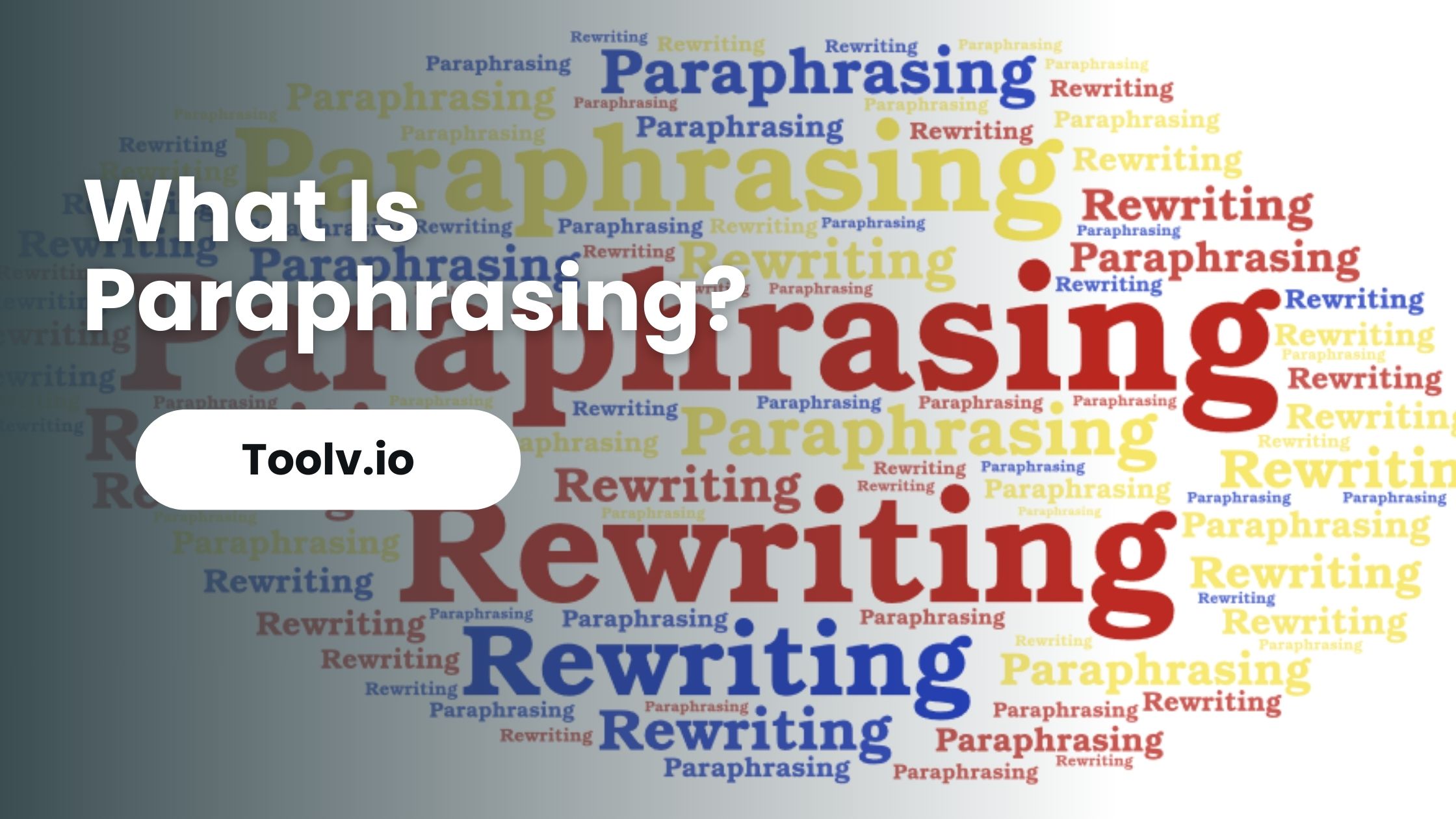What Is Paraphrasing MLA Format?

Paraphrasing in MLA format is a method of restating someone else’s ideas in your own words while maintaining the original meaning. This technique is essential in academic writing to avoid plagiarism and to integrate sources effectively.
In this article, we will discuss how to paraphrasing MLA format. We will cover the basics of paraphrasing, the importance of citing sources, and provide examples to help you master this skill.
How Do You Paraphrase In-Text MLA?
Paraphrasing in MLA means changing the words of a source, but keeping the same meaning. You don’t copy, but write it in your own words. This shows you understand the source.
In MLA, after paraphrasing, add the author’s last name and page number in brackets. This gives credit to the original writer.
For example, if you read a book by Smith on page 10, and put it in your own words, you add (Smith 10) at the end. It’s important to do this to avoid plagiarism. Remember, even when paraphrasing, always give credit to the original author.
What Is Paraphrasing MLA Format?
Paraphrasing in MLA format means rewriting someone else’s ideas in your own words without changing the meaning. It’s a way to use information from sources like books or articles in your writing.
When you paraphrase, you must still give credit to the original author. This is done to avoid plagiarism, which is using someone else’s work as if it were your own. To paraphrase properly in MLA, first read the original text and understand it.
Then, write it in a new way, using different words and sentence structures. After that, include an in-text citation, which is the author’s last name and the page number in parentheses.
This shows where the information came from and helps readers find the source. Paraphrasing is important for writing research papers or essays because it shows you understand the source material and can explain it in your style.
How Do You Summarize in MLA Format?
Summarizing in MLA format involves condensing the main ideas of a source into a shorter version using your own words. Like paraphrasing, it’s a way to include information from sources in your writing, but summarizing focuses on the main points rather than specific details.
To summarize effectively in MLA style, first read the original material and identify its key points. Then, write a brief overview of these points in your own words. This summary should capture the essence of the source material but be significantly shorter than the original.
After summarizing, you must cite the source with an in-text citation. This includes the author’s last name and the page number from where the information was taken, all in parentheses.
This citation lets readers know where the summary came from and helps avoid plagiarism. Summarizing is useful in research papers or essays when you want to give an overview of a source’s main ideas without going into detailed analysis.
How Do I Write MLA Format?
Writing in MLA format involves following specific guidelines set by the Modern Language Association. It’s commonly used in humanities subjects like literature and history. Here’s how to do it in simple terms:
- Header and Title: At the top of your first page, on the left, include your name, your instructor’s name, the course, and the date. Center the title of your paper just below this.
- Font and Size: Use a readable font like Times New Roman, in 12-point size.
- Margins and Spacing: Set all margins to one inch. The entire document should be double-spaced, including quotes.
- Paragraphs: Indent the first line of each paragraph by half an inch from the left margin.
- Citations: For any source you refer to, include an in-text citation with the author’s last name and page number, like this: (Smith 123).
- Works Cited Page: At the end of your paper, list all the sources you used. This page should have the title ‘Works Cited’, centered at the top. Each entry should have the author’s name, the title of the work, publication details, and format.
Remember, MLA is about consistency and clarity. Your reader should be able to easily find and verify your sources.
FAQs
What is paraphrasing in MLA format?
Paraphrasing in MLA format involves rewording or summarizing a source’s ideas in your own words while maintaining the original meaning. Unlike direct quotes, paraphrases do not need quotation marks, but they still require a citation to credit the original author.
How do I cite a paraphrase in MLA format?
When citing a paraphrase in MLA format, include an in-text citation next to the paraphrase. This usually consists of the author’s last name and the page number from the source in parentheses, like this: (Smith 23). If there’s no author, use a shortened title of the work.
Do I need to cite after every sentence when paraphrasing multiple sentences from the same source?
Not necessarily. If you’re paraphrasing multiple sentences from the same source, you can include one citation at the end of the paraphrased section, as long as it’s clear that all the preceding material is from the same source.
Is paraphrasing the same as summarizing in MLA format?
Paraphrasing and summarizing are similar but not identical. Paraphrasing involves rewording a specific passage to convey the same meaning differently, often roughly the same length as the original. Summarizing involves condensing the main points of a source into a much shorter overview, and it also requires MLA citation.
Conclusion
The article discussed the effectiveness of paraphrasing tools in academic writing, highlighting their ability to simplify complex ideas while maintaining the original meaning.
These tools, like Toolv.io, offer a user-friendly platform for students and professionals, ensuring their writing is both clear and plagiarism-free. This integration of technology in writing not only enhances creativity but also upholds academic integrity, a crucial aspect in the realm of education and research.





